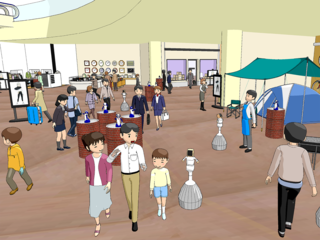
Avatar Symbiotic Society Project
Ishiguro Hiroshi (Graduate School of Engineering Science, Osaka University)
Research Term:2017/04–2021/03
"Coordination Nanosheet" is an unprecedented planar two-dimensional material made from metal atoms and organic chemical components. To create a variety of coordination nanosheets is one of our research topics, including to analyze the nano-scale structures, and to disclose the properties and functionalities. The fascinating structures and properties of coordination nanosheets such as electronic conductivity, redox activity, strong photoabsorption and luminescence, and catalytic activity would open the door to various applications such as electronic devices, energy storage devices and chemical devices.
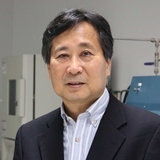
Tokyo University of Science, Research institute for Science and Technology
Hiroshi Nishihara received D. Sc. in 1982 from The University of Tokyo. He was appointed research associate at Keio University, and promoted lecturer, and associate professor. Since 1996, he has been a professor of The University of Tokyo. He also worked as a visiting research associate at The University of North Carolina at Chapel Hill, and as a researcher of PRESTO, JRDC. He has received Docteur Honoris Causa from University of Bordeaux, Commendation for Science and Technology by MEXT, Japan Society of Coordination Chemistry Award, and Chemical Society Japan Award, etc. His major field is coordination chemistry, electrochemistry, and photochemistry.
My forty years research has created a plenty of new molecules. Two-dimensional material, CONASH is a culmination of basic concepts to produce such original molecules and the most exciting material in my experience. The fact in scientific research that corrects original ideas always leads me to the great pleasure in achievement of scientific discovery and creation of new materials.

Ishiguro Hiroshi (Graduate School of Engineering Science, Osaka University)

Ochiai Yoichi (Research and Development Center for Digital Nature, University of Tsukuba)
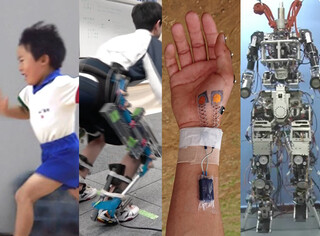
Kawakami Yasuo (Faculty of Sport Sciences; Human Performance Laboratory, Comprehensive Research Organization, Waseda University)
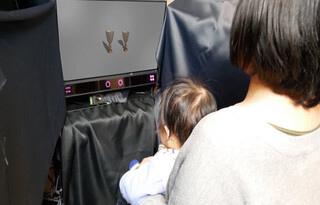
Yamaguchi K. Masami (Department of Psychology, Chuo University)
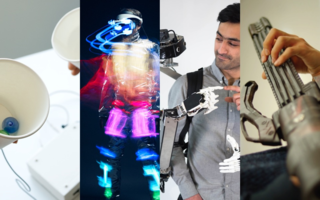
Minamizawa Kouta (Keio University Graduate School of Media Design)
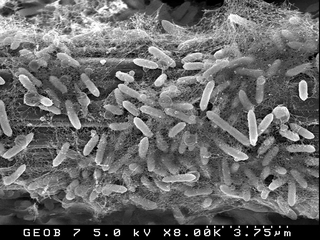
Watanabe Kazuya (Laboratory of Bioenergy Science and Technology, School of Life Sciences, Tokyo University of Pharmacy and Life Sciences)
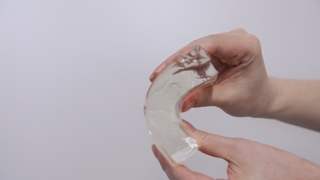
Furukawa Hidemitsu (Soft and Wet matter Engineering Laboratory (SWEL), Yamagata University)
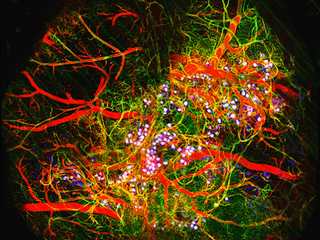
Takanori Takebe (Osaka University & Cincinnati Children’s Hospital Medical Center)